Investment in Hydrogen Infrastructure
Investment in hydrogen infrastructure is emerging as a critical driver for the Steam Methan Reforming Hydrogen Generation Market. The establishment of hydrogen production, storage, and distribution networks is essential for the widespread adoption of hydrogen as an energy carrier. Recent reports indicate that investments in hydrogen infrastructure could exceed billions of dollars in the coming years, driven by both public and private sectors. This influx of capital is expected to facilitate the development of steam methane reforming facilities, enhancing production capacity and efficiency. Moreover, the integration of hydrogen into existing energy systems requires robust infrastructure, which is being prioritized by governments and industry stakeholders. As these investments materialize, the Steam Methan Reforming Hydrogen Generation Market is likely to experience accelerated growth, positioning hydrogen as a cornerstone of future energy systems.
Rising Demand for Clean Energy Solutions
The increasing The Steam Methan Reforming Hydrogen Generation Industry. As nations strive to meet carbon neutrality goals, hydrogen emerges as a pivotal energy carrier. The International Energy Agency indicates that hydrogen demand could reach 500 million tons by 2050, with a substantial portion derived from steam methane reforming. This process, while traditionally reliant on fossil fuels, is being optimized to reduce emissions, thus aligning with sustainability targets. The transition towards hydrogen as a clean fuel for transportation and industrial applications further propels the market, as sectors seek to decarbonize their operations. Consequently, the Steam Methan Reforming Hydrogen Generation Market is positioned to benefit from this shift towards cleaner energy alternatives.
Growing Industrial Applications of Hydrogen
The expanding industrial applications of hydrogen are a significant driver for the Steam Methan Reforming Hydrogen Generation Market. Industries such as refining, ammonia production, and steel manufacturing are increasingly utilizing hydrogen as a feedstock and energy source. The hydrogen market is projected to grow substantially, with estimates suggesting a potential increase in hydrogen consumption in industrial applications by over 30% by 2030. This surge is attributed to the need for cleaner production processes and the reduction of carbon footprints. As industries seek to transition towards more sustainable practices, the demand for hydrogen generated through steam methane reforming is likely to rise. Consequently, the Steam Methan Reforming Hydrogen Generation Market stands to gain from this trend, as it provides a reliable and scalable solution for hydrogen production.
Government Policies and Regulatory Frameworks
Government policies and regulatory frameworks significantly influence the Steam Methan Reforming Hydrogen Generation Market. Many countries are implementing supportive regulations and incentives to promote hydrogen production and utilization. For example, tax credits and subsidies for hydrogen production facilities are becoming increasingly common, encouraging investments in steam methane reforming technologies. Additionally, stringent emissions regulations are pushing industries to adopt cleaner hydrogen solutions, further driving demand. The establishment of hydrogen roadmaps by various governments outlines strategic plans for hydrogen integration into energy systems, which is expected to bolster the market. As these policies evolve, they create a conducive environment for the Steam Methan Reforming Hydrogen Generation Market to thrive, aligning economic growth with environmental sustainability.
Technological Innovations in Hydrogen Production
Technological advancements play a crucial role in shaping the Steam Methan Reforming Hydrogen Generation Market. Innovations in catalyst development and process optimization are enhancing the efficiency of hydrogen production through steam methane reforming. For instance, recent studies suggest that improvements in catalyst materials can increase hydrogen yield while reducing energy consumption. Furthermore, the integration of digital technologies, such as artificial intelligence and machine learning, is streamlining operations and predictive maintenance, thereby lowering operational costs. As these technologies mature, they are likely to attract investments, fostering growth within the market. The ongoing research and development efforts indicate a promising future for the Steam Methan Reforming Hydrogen Generation Market, as companies seek to leverage these innovations to enhance competitiveness and sustainability.


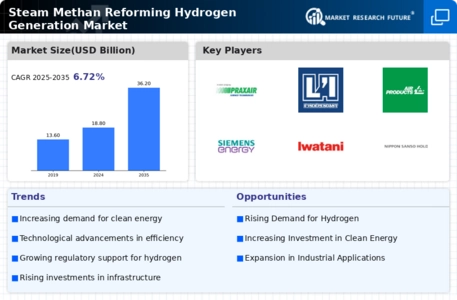
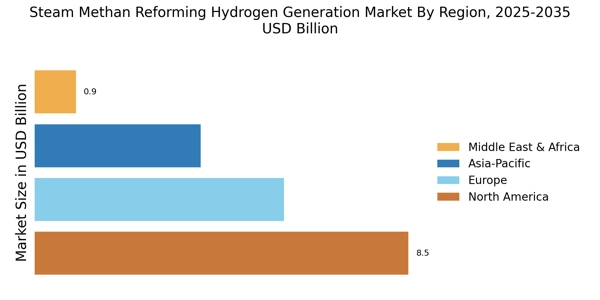
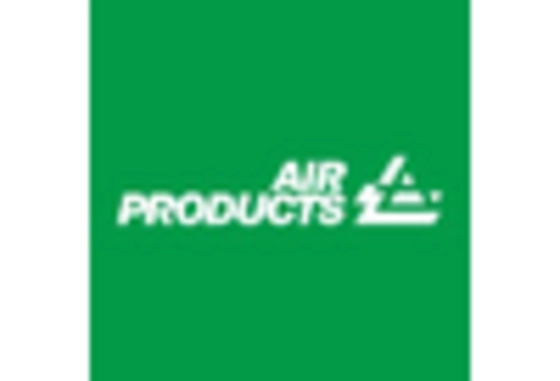
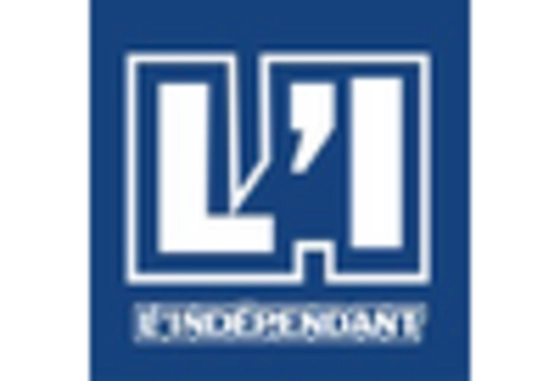
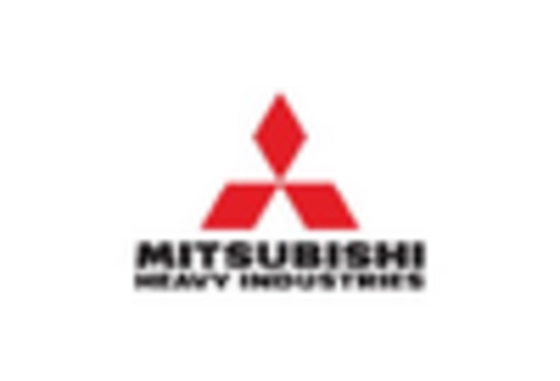
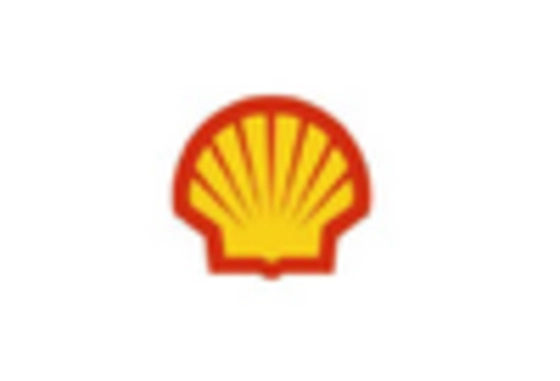

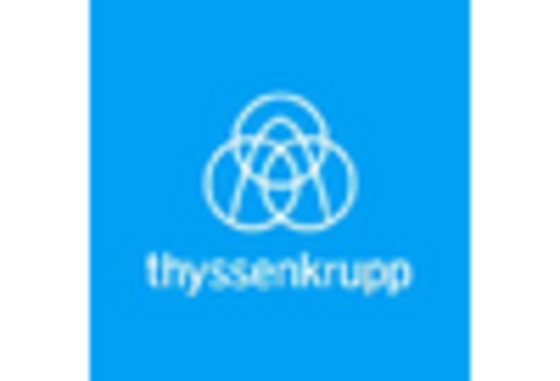








Leave a Comment